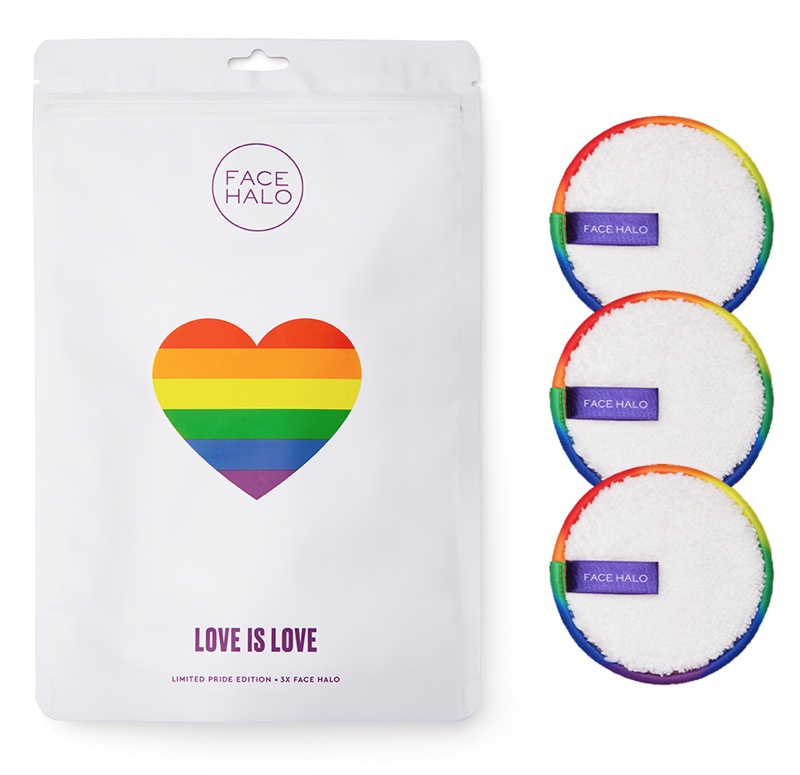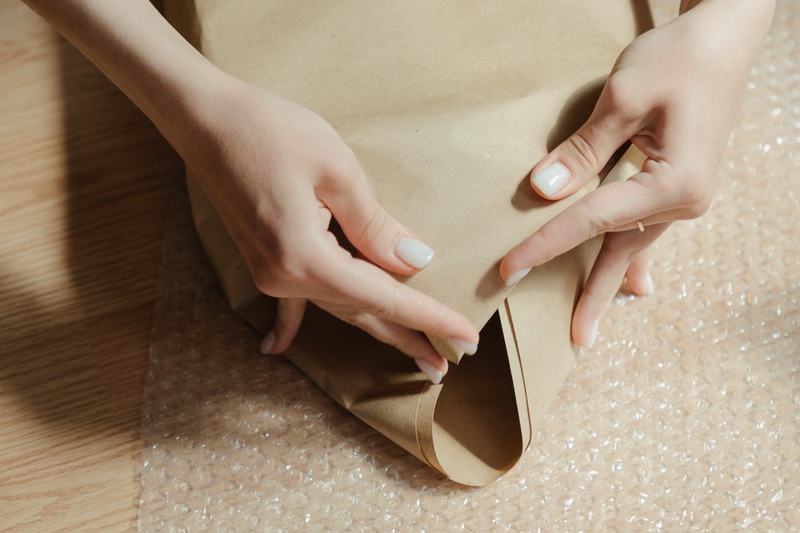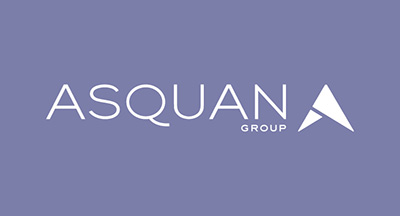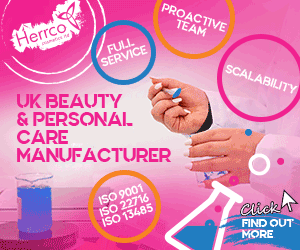The beauty industry’s ability to move between fads is borderline impressive. ‘Instagramable’ became the phrase of the decade to make packs stand out online, while the pivotal influence of sustainability has emphasised a need for minimalist packaging, recyclable materials and refillable technology.
These interchanging demands, responses to economic and social changes, and attitudes towards eco-friendly is what makes beauty the lively sector that it is today, and customers want it all at the snap of a finger.
But for age-old legacy brands, being agile with their packaging and encouraging speed to market is not in their wheelhouse.
Forbes said speed to market for products and technologies is “vital to ensure long-term competitiveness”, and this is particularly essential for larger beauty behemoths to keep up with the nimbler drugstore competitors such as e.l.f. Cosmetics and Winky Lux.
‘Fast beauty’ has been the golden ticket via which smaller brands can compete – and it’s working. Since its inception in 2004, e.l.f. has been able to shave down its product-to-market time to a mere 13 weeks, an operation that can take some up to nine months, or even longer, and in May this year, the brand reported the greatest market growth in the US with 4.8%, according to market measurement firm Nielsen.
“The influx of fast-beauty players is making its mark on the industry. It’s a trend that both established beauty companies and indie brands are taking seriously,” Amanda Xuereb, founder of Beauty Trill, an extension of packaging firm Toly, tells Cosmetics Business.
And its success has sparked the lumbering Cotys and Estée Lauder Companies of the cosmetics world into launching their own dedicated in-house fast-tracking team.
“Big brands are massive ships which take a lot of time to steer in new directions. What they tend to do is pop the lifeboat over the edge and send that out for a look,” says Mintel’s Global Packaging Insights Director, Benjamin Punchard.
“Most of the big brands, when they want to do something agile, launch as a whole new brand. I’ve seen a lot of small niche brands that have been launched by the big houses in order to tap into an emerging trend because they’re testing the waters.”
By instilling these relationships, brands can ensure connections and the ability to adapt quickly to beauty’s evolving global consumer. It also helps establish relationships with packaging converters that are going to be providing the novel technologies going forward.
“Speed to market is how you keep ahead of your competitors,” Punchard adds.
‘Time is money’
With the war won against hard-to-open packs, beauty brands have swung to its antithesis with simplicity at the forefront to ensure adaptability and agility.
For those brands without backing from big beauty players, the fewer components required within the pack design will ensure speed-to-market, as Michelle Wong, Global Director of Design & Marketing at packaging group Asquan, explains.
“Our intimate manufacturing knowledge allows us to design components with the fewest amount of parts in mind, as well as forecasting multiple iterations utilising the same parts. By doing so, we are able to turn around designs that are different and unique quickly and efficiently,” she notes.
“We also look at trends in formulations, creating delivery systems that are in line with these trends and adapting our current stock offerings to be accepting of these new delivery systems, reducing tooling and lead times.”

Cult skin care brand Milk Makeup ditched chunky jars for its product line in favour of a more lightweight stick packaging with twist up technology. Offering functionality for on-the-go consumers, a trend still developing in the active beauty category, Milk was able to adopt a number of the formulations in its beauty line to meet the pack specifications.
Today, Milk Makeup offers bronzers, blushers, highlighter, skin care oils, serums and masks in this packaging option.
The New York brand is a key example of how a simple packaging option with an innovative formula can tap into a trend and ensure speed-to-market without added complexities.
“Agility has been kind of important in some respects. But, in terms of super-fast agility, of responding to changes that are happening now, that’s really come on leaps and bounds in the last couple of years,” says Punchard, who adds that this has been “driven in part by huge expansion in the availability of digital print”.
Capabilities in digital print have been the disruptor of the packaging world, according to Punchard. The ability to shake-up the on-pack design to quickly respond to a trend and deliver a shorter run of a product with a different design is, in itself, quite novel.
“If you look at some of the machinery companies, the ability to quickly convert your line is now something that is a definite sales point that all of them are pushing... more are pushing the idea that they are also really agile in terms of the ability to have very little downtime when switching between various options.”
These capabilities have given beauty brands the opportunity to be more creative with their on-pack designs, while ensuring they can still be placed on the market quickly. Brands can also respond to socio-economic issues that are important to consumers.
A-beauty brand Face Halo adopted a rainbow design for its best-selling make-up remover pads in celebration of Pride month, while Aveda switched up the packaging of its limited-edition Hand Relief Moisturizing Crème for Breast Cancer Awareness by housing the product in a pink tube with the group’s symbolic pink ribbon.
Meanwhile, luxury packaging group Stoelzle Glass Group, which holds names including Tom Ford and Paco Rabanne in its client portfolio, has upped its digital printing capabilities in order to allow for greater speed to market opportunities.
According to the company’s website, “time is money” and it guarantees a product turnaround, from drawing to samples, within four to six weeks.
“Development has to be completed to the agreed time frame and in the shortest time possible to give the speed to market which is so important in an age when design and fashion trends change so quickly,” it adds.
“Stoelzle gives primary importance to achieving the required quality to ensure customer satisfaction and product success.”
Simplicity equals agility
Packaging industry giant Quadpack has been turning to the automotive and fashion sectors to adopt packaging solutions that can transcend changing movements in the beauty market. The group tells Cosmetics Business it’s focus has been on developing smart, modular solutions, to create components that are adaptable to a host of brands’ needs.
“With a wide variety of formats available, a brand can create a complete, attractive and coherent collection, with packs for each kind of beauty product, all with the same look and feel,” says Quadpack’s Head of Product Communications, Isabelle de Maistre.
“In beauty, trends are fluid. In make-up in particular, trends change rapidly and pack design needs to be optimised to adapt to shifts in demand. The US is a particularly fast-moving market, with high demand for short lead times.”
Coupled with the increased number of indie and niche beauty brands on the market, in 2018 Quadpack launched InStockPack, an e-commerce platform to service the growing number of niche and indie brands in the space.
“These businesses cannot afford to stock and they source packaging on demand, so quick turnaround is essential,” notes de Maistre.
Other simpler techniques that Quadpack has adopted to ultra-streamline launch to market is placing colour-coding discs on lipstick packs at the last minute. By doing this, any increase in popularity for a particular shade can be accommodated in the packaging with minimal effort.
“Start-ups and indie brands cannot afford to stock and they source packaging on demand, so quick turnaround is essential,” adds de Maistre.
“A surge of these businesses is entering the market during the pandemic to meet emerging consumer demands. Many are doing so with great success, being small and agile and quicker to adapt to market changes.

“In fact, due to the Covid-19 crisis and uncertainty of the future, time to market and agility have become important for all brands, not just indie brands.”
Pai’s Action Spirit hand sanitiser is one example of this success. The brainchild of Sarah Brown, her brand was able to engage with the customer’s needs, develop, package and bring the new product to the market in just a few weeks.
It was the first product to be pushed out by its newly introduced incubator division, Pai Labs. This section of the business allows Pai to trail and accelerate its product releases by producing experimental lines in small runs using pared-back packaging sold direct to consumers.
“In the case of our first Pai Labs launch it was all about responding to an immediate customer need, very quickly, in a time of national crisis,” she tells Cosmetics Business.
Prior to her new division, which sits right underneath her office, Brown – like other beauty brand owners – was at the mercy of packaging firms’ gruelingly-long lead times. “Packaging is the big challenge. It’s the big block to speed. Typically it can be 16 weeks’ lead time from ordering.
“We’ve had one particular [packaging] component that we ordered in February and we still haven’t received it; supply chains have been stretched.”
However, with her new division, which sits directly under Brown’s office, she is able push out product in just six weeks. “The way we’ve mitigated long lead times for our packaging is to create, not necessarily new innovative packaging, or first-to-market packaging, but packaging that is quite generic that we can use across different formulations.
“In the earlier days of Pai, we would start by thinking about the formulation first. Whereas with Pai Labs we need to be a bit more fluid and think about the packaging line and would that fit either of those moulds as it is.”
But despite her brand’s success in being able to guarantee speed to market, Brown is not convinced it is the be all and end all for beauty brands.
“I think people can get quite hung up on being first to market and it doesn't automatically mean success, because I think you could have a new piece of packaging that dispenses in a particularly new way, or you could have a new ingredient that no one else has used and if you haven’t got the marketing budget clout behind you it could have no traction.”
“So, there are so many other factors at play about this first-to-market piece that drives success. Equally, you could have a great product or great piece of packaging and competitors could come in at a rock bottom price… and displace them both.”






